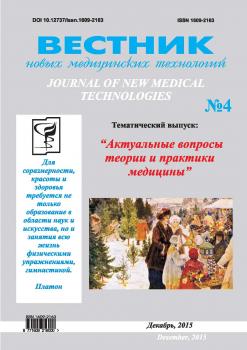The investigation was aimed to study of the local cerebral blood flow, partial pressure of oxygen (рО2) and the character of development of local vascular reactions at embryonic neurotransplant (ENT) through 4, 8 и 12 months after its transplantation into the barrel field of somatic recipient’s rat brain cortex. In experiments, a homotopical allotransplantation 17‐day embryonic nervous tissue was conducted in the Wistar rats. In microareas of embryonic neurotransplant there is an uneven distribution of local cerebral blood flow and decrease in intensity as compared with intact somatic cortex of control rats. A 4‐month period after transplantation in the embryonic neuro‐transplantation there is the desired level of hemodynamic and oxygen supply. Dilatatory ability of micro‐vessels increases in the exercise of regulatory adaptive responses aimed at regulating the blood flow in nerve tissue, as evidenced by the increasing amplitude of functional hyperemia and magnitude of the increase of partial oxygen tension. After 8 and 12 months after transplantation, perfusion intensity and efficiency of ENT micro‐vessels vasodilatation are decreased. The local functional hyperemia is reducing, the partial pressure of oxygen increases. 4 months after transplantation unique properties of immature tissue persist; ENT possesses protective properties and provides neuroplastic effect.
brain, embryonic neuro‐transplant, local cerebral blood flow, partial pressure of oxygen.
Одним из важных направлений современ‐
ной нейрофизиологии является исследование
функциональных характеристик нервной ткани
в процессе ее компенсаторно‐пластической ре‐
организации. В присутствие эмбрионального
нейротрансплантата (ЭНТ), оказывающего спе‐
цифическое влияние на мозг реципиента,
происходит коррекция метаболизма, феноти‐
пических нарушений функций, усиленное
снабжение нервной ткани биологически актив‐
ными веществами, восстановление сенсорных
систем головного мозга реципиента [9,14].





